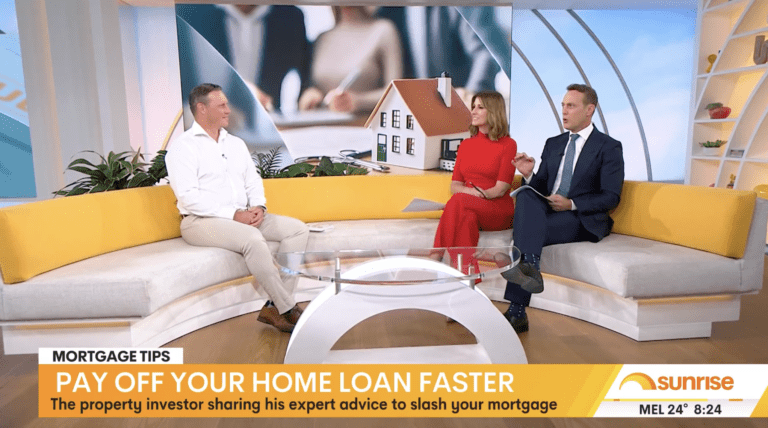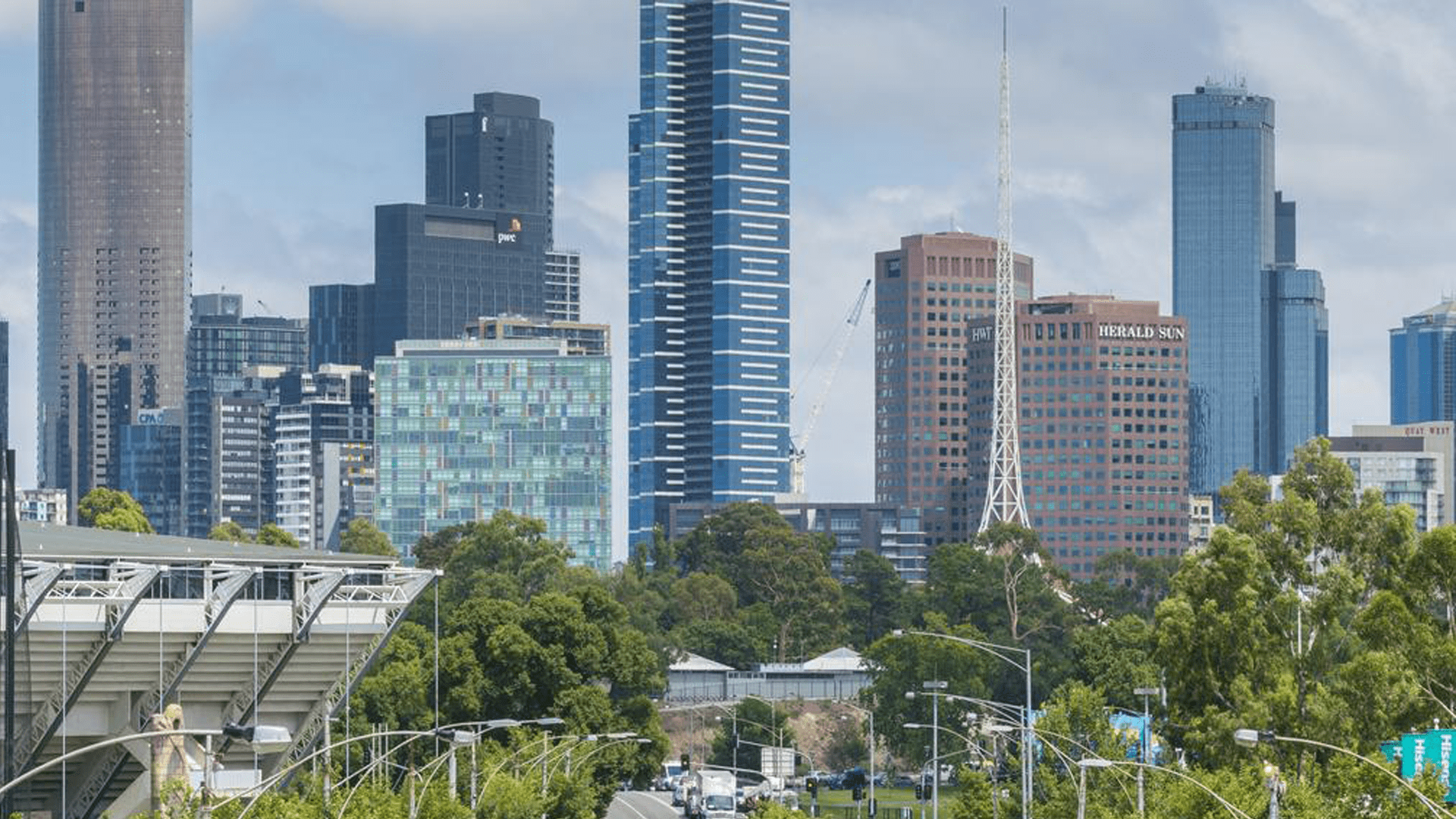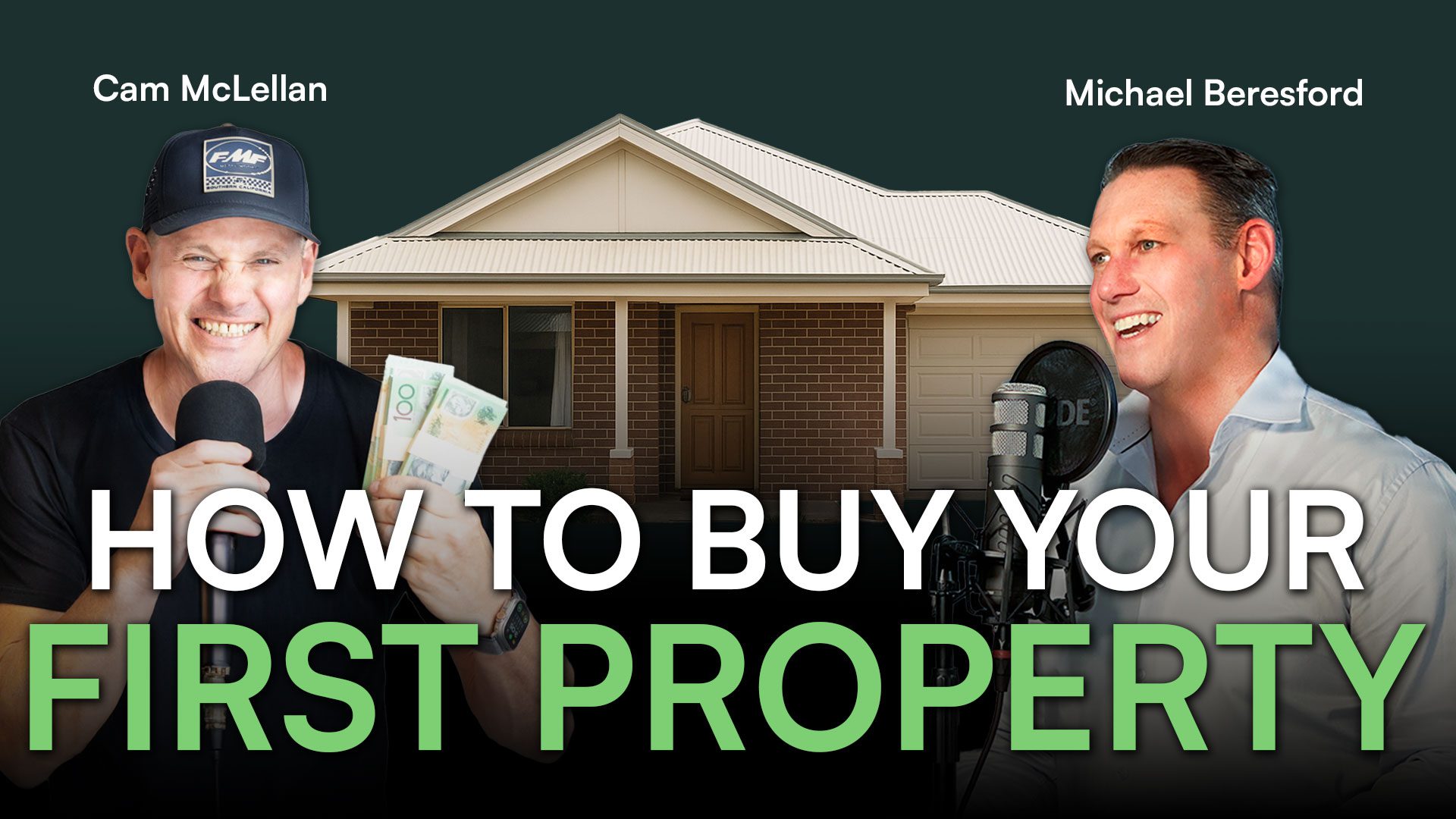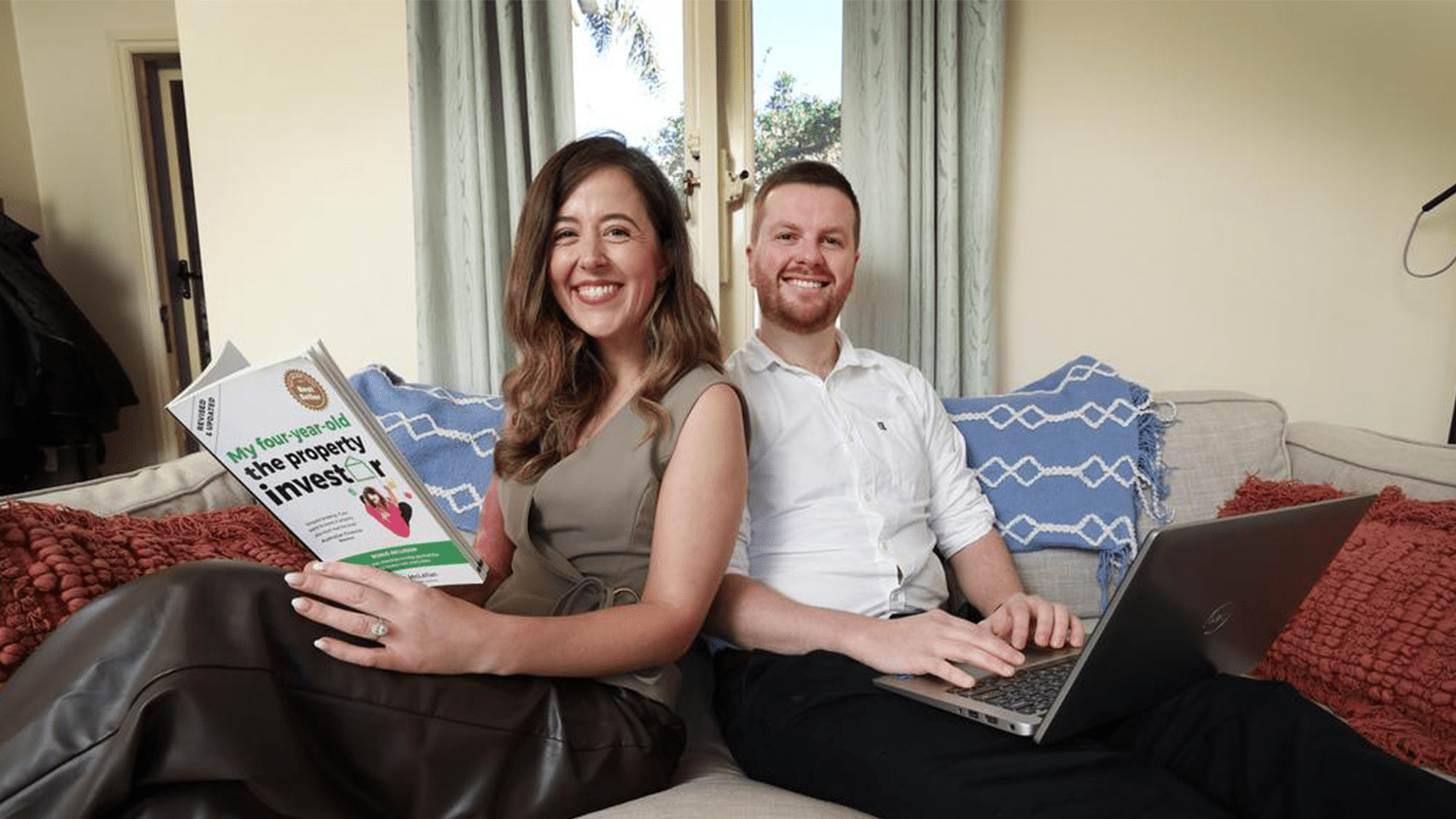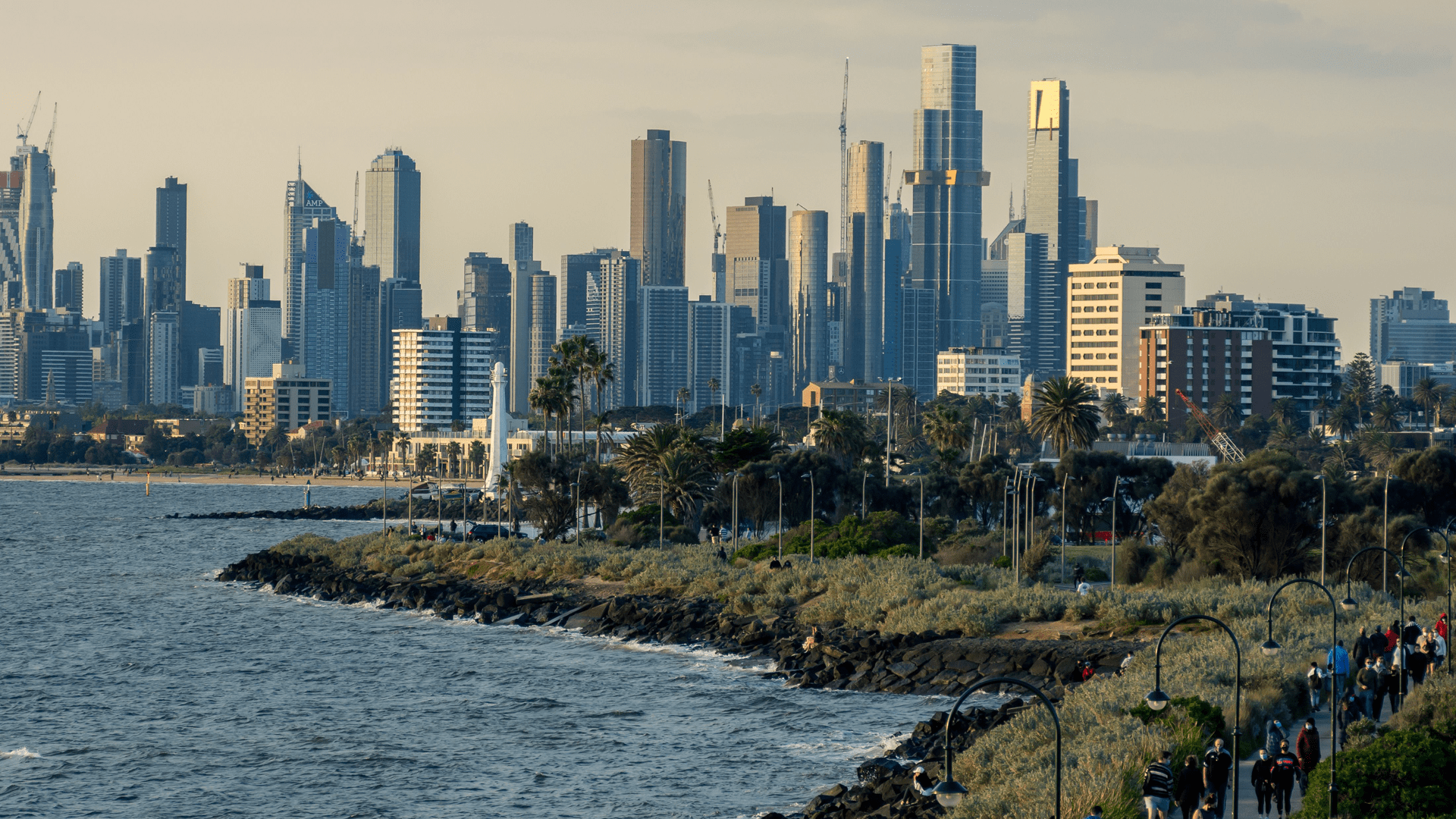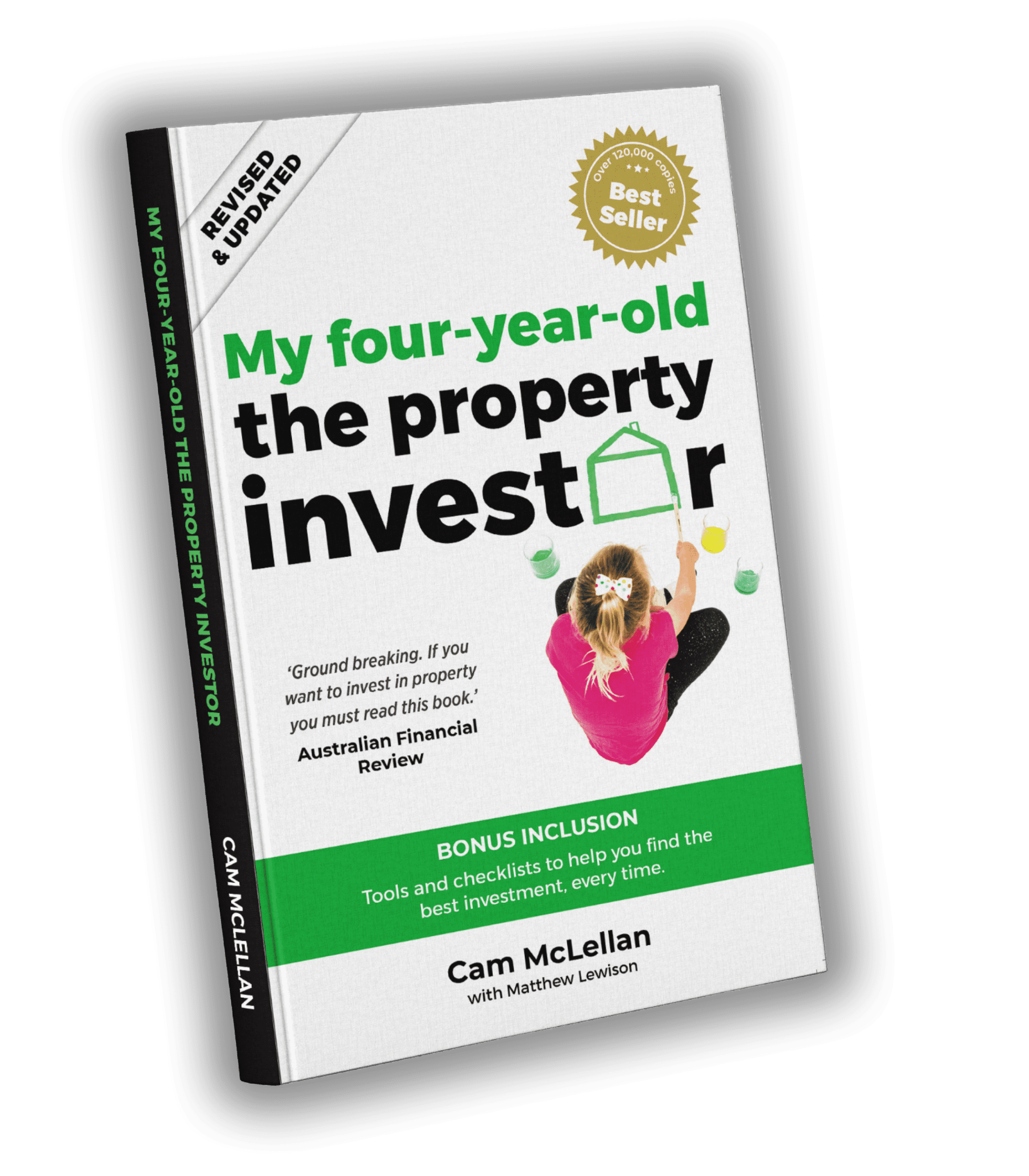By Matthew Lewison
As with many in the industry, I started my life in property buying investment properties and then moved into small developments when I had sufficient equity.
My development career started with a dual-occupancy strategy. My brother and I would buy an old property on a reasonable sized suburban lot (say 800-1000 square metres) with the potential to build an extra unit on the back while doing minimal work on the existing house. We wouldn’t buy anything unless we could keep the existing house.
The reason was that we still saw ourselves as investors rather than developers. Our goal was to get a planning permit, build the unit in the backyard, give the front house a lick of paint and then sell the front house – holding the new unit, which had better tenant appeal and higher depreciation benefits, as a long-term investment.
The first property we bought in Bayswater cost us $270,000. We managed to get an approval for two units in the backyard and spent $400,000 building them. We sold the front house for $240,000 once the units had been completed and the lot subdivided. That meant we had two units, valued at $300,000 and $350,000 respectively (total $650,000), which cost us $430,000. What’s more, they rented for around $600 per week ($31,200 per year), which covered our interest payments on the loan.
This strategy worked for us for many years but eventually a glut of small developers entering the market took away much of the margin available on this type of development.
Fortunately, during this time I’d pursued a professional career in the industry working for a publically listed developer and I gained exposure to large-scale developments. This allowed me to personally increase the size of my projects over time so that I could get out of the highly competitive sub-$1 million development market.
Part of my strategy was to pool my money with my family so we could all benefit from a less competitive price bracket.
This worked exceptionally well for us and we started to create syndicates for our friends and families to invest alongside us. This worked because I’d spent years honing my craft so I wasn’t exposing my friends and family to additional risks as our developments got larger and we increased the size incrementally with each deal, rather than making any huge leaps that we weren’t prepared for.
Unfortunately, I see all too often “recreational developers” make this leap without adequate resources or skills. In fact, some of my most profitable developments have been purchased from a developer who bit off more than he could chew. One in particular was purchased within the last two years from a developer that had completed just a handful of small townhouse projects. He had gained confidence from these projects (perhaps a little too much) and decided to buy an apartment site with rezoning potential.
The developer had paid $5.2 million for the site in Chermside, Queensland, in 2010 (when Brisbane was still feeling the pinch of the GFC) and spent the next three years and $500,000 getting an approval (via a court order, due to numerous objections from Council). Once approved, the developer shopped around for a bank that would fund the project. As he had borrowed 60 per cent of the site’s value to acquire it in 2010, prospective lenders told him to pay out the $3 million existing debt, put some more money towards marketing and pre-sales commissions, and then come back to speak to them. Unfortunately, the developer didn’t have the money to tip in and wasn’t experienced enough in this form of development (a 10-storey, 74-apartment building is a very different proposition to that previous 12-townhouse project) to secure investment from anyone with the sort of money he needed.
We started negotiating after the property owner’s mortgagee told him that if he couldn’t pay back the $3 million outstanding debt within three months, they would take over the site as mortgagee in possession.
After a bit of back and forth we acquired the site on 60-day settlement terms for $3.2 million – the owners being able to pay back the $3 million loan and put just $200,000 back in their pocket, representing a loss of $2.3 million on their investment. Within months we’d commenced selling and 18 months on we’re nearing our final sales and construction is progressing smoothly towards completion later this year.
This is a great example of why it’s important to stick to a game plan that works, only making small changes so that you’re not exposing yourself to new risks that you don’t yet understand.

